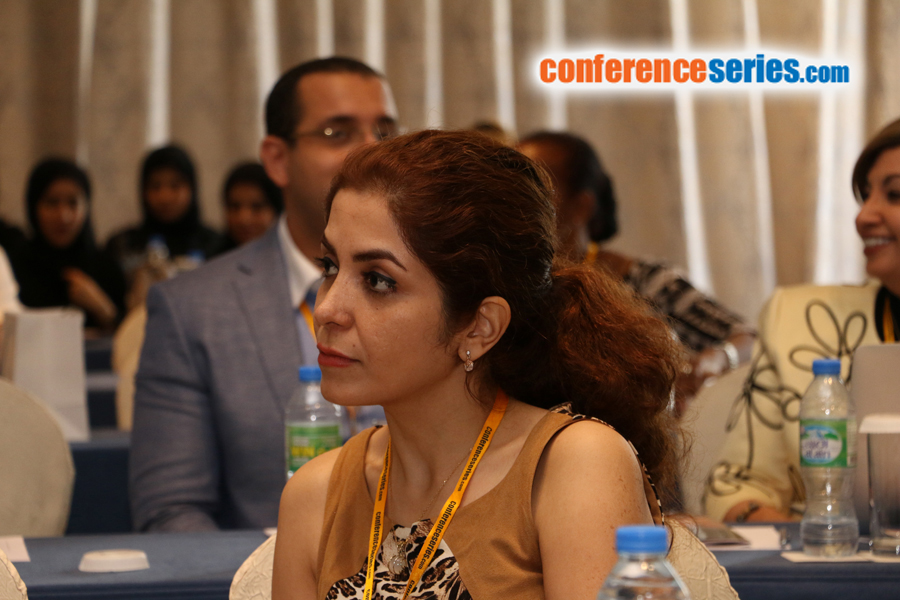
Zahra Amjadi Goojgi
Mashhad University of Medical Sciences, Iran
Title: Polysomnographic survey of sleep architecture in patients with Methamphetamine dependency in early full remission phase
Biography
Biography: Zahra Amjadi Goojgi
Abstract
Introduction: Nowadays, the association of stimulants and sleep disorders is more interested. Given the few number of studies in the current scientific literature regarding assessment of the structure of sleep in patients with dependence on amphetamines, especially after long periods of abstinence, present study is designed for the assessment.
Method: This study was conducted in 2013-2014 in Mashhad and the subjects were selected through the convenience sampling method from medium-term residential treatment centers. They were assessed through psychiatric interview whether or not meet the inclusion/exclusion criteria. The case group consisted of 12 patients whom were diagnosed as in early full remission according to DSM-IV TR criteria, were explained about how polysomnography worked and sent to sleep lab. The collected data was analyzed by SPSS. On the basis of Kolmogorov-Smirnov results, the quantitative data with normal distribution were then analyzed with t-test and the qualitative data with Chi-square test.
Result: However the mean Total Sleep Period (TSP) and Total Sleep Time (TST) were in the normal range (403.0±52.9 and 333.6±79.1 minutes, respectively), there was a significant difference between these two variables (p=0.001). There was a slight increase in Sleep Onset Latency (SOL) that was not significant (p=0.47). The participants generally, suffered poor quality of sleep, subsequent to significant decrease of Sleep Efficiency (SE) (p=0.047) and slight rise in WASO (Waking After Sleep Onset) (69.53±3.4, p=0.08). Besides, results indicated changes in sleep stages including significant rise in stages 1and 3 of non-REM sleep with a trivial fall in NREM stage 2, though the total amount of NREM sleep was not significantly changed. Evaluation of REM phase, in turn showed an increase in latency and percent of it significant. Although REM pressure which was calculated by the number of REM episodes, slightly increased.
Conclusion: Current findings shown sleep disturbances due to stimulants, within prolonged period of abstinence, could reflect the preliminary mechanisms causing neuropsychiatric disorders, although it needs further studies which consider and resolve our limitation.


